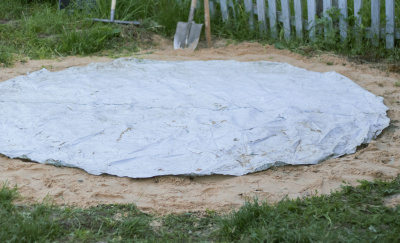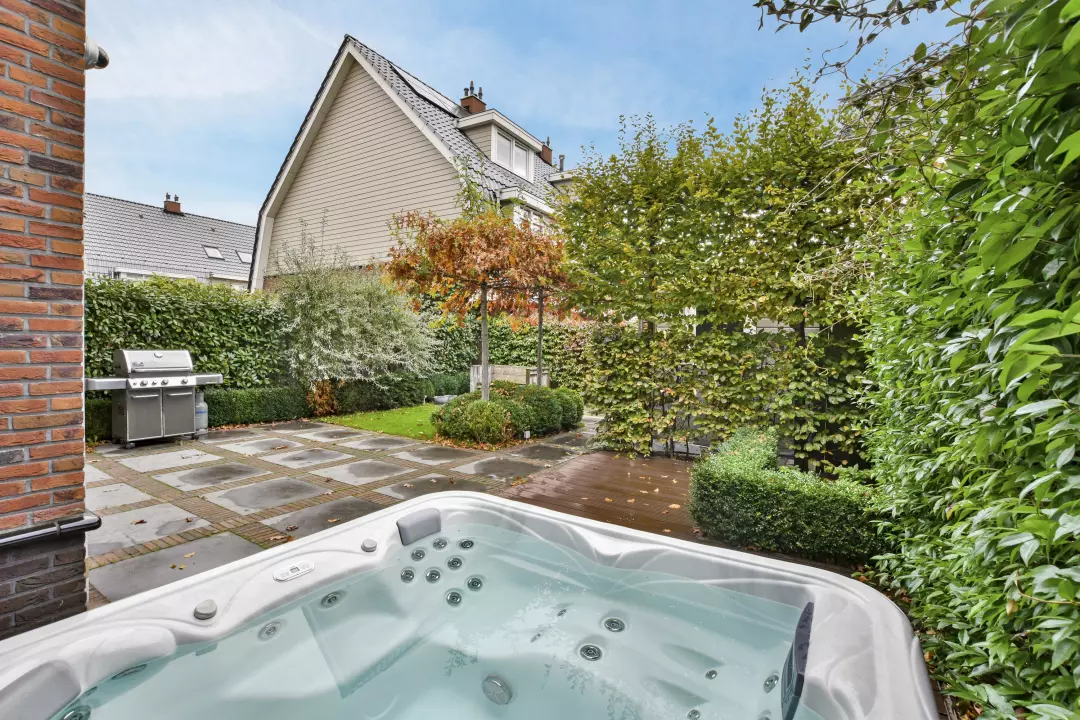Install the Proper Flooring
Hot tubs can provide hours of relaxation for those lucky enough to own one. But when installing a hot tub inside the home, extra precautions need to be taken. Let's explore some of the steps you should consider if looking into installing a hot tub indoors.
The first step you must take when installing an indoor hot tub is to evaluate the flooring. Concrete is the preferred choice due to its durability and moisture resistance qualities. It's important to remember that the hot tub will weigh upwards of 600kg when filled with water – reinforced concrete may be necessary in some cases. If your installation site is not on a concrete surface, you'll need to add a wooden subfloor. For best results, you should consult a structural engineer to make sure the floor can support the weight of the hot tub.
Access to Water and Power
When installing an indoor hot tub, it's important to think about the access needed to power and water supply. For power, you'll need a dedicated 110V or 220V plug. The electrical receptacle should be placed within 5 metres of the hot tub and meet local codes. You should also ensure that water lines are accessible. Pipes should be run close to the unit, allowing for easy connection when ready.

Need assistance finding hot tub installation near you?
Get a QuoteConsider Drainage
When selecting a spot for your new hot tub, drainage should be considered. Without proper drainage, water could build up underneath the hot tub, leading to damage to the interior structure. For a permanent installation, a sump pump system can be installed to mitigate this risk. If you plan to keep the hot tub outdoors, you should make sure that it's situated in an area where drainage can avoid any standing water.
Ventilation
Proper ventilation is critical for an indoor hot tub installation. A hot tub uses a lot of energy, which produces a lot of heat. To ensure that your hot tub does not overheat, it should be installed in a well-ventilated area. Make sure that the room you choose is large enough to accommodate the necessary airflow.
Consider Your Chemicals
Of course, proper cleaning and maintenance of your hot tub is key to things running smoothly. This means frequent chemical treatments to keep the water clean and balanced. When dealing with chemicals, it's important to keep in mind that they are often potentially hazardous and could cause harm if not treated properly. When installing an indoor hot tub, you should ensure that the chemical storage container is out of children's reach.
Finally, indoor hot tub installations are complicated projects that require expert installation. Before beginning the process, you should consult a professional to make sure your project goes off without a hitch. With the right setup and proper care, indoor hot tubs can offer countless hours of relaxation and rejuvenation.
In this article:

